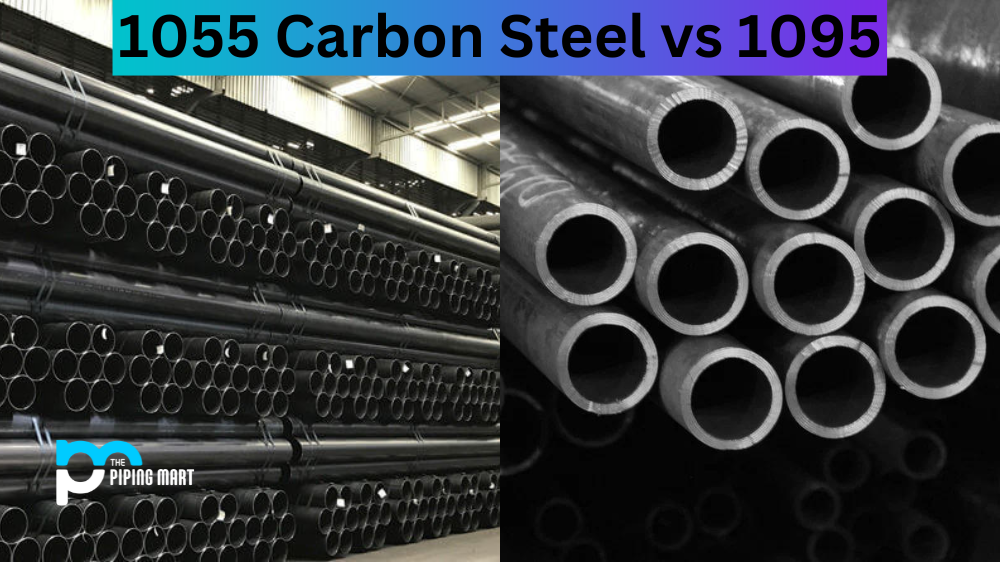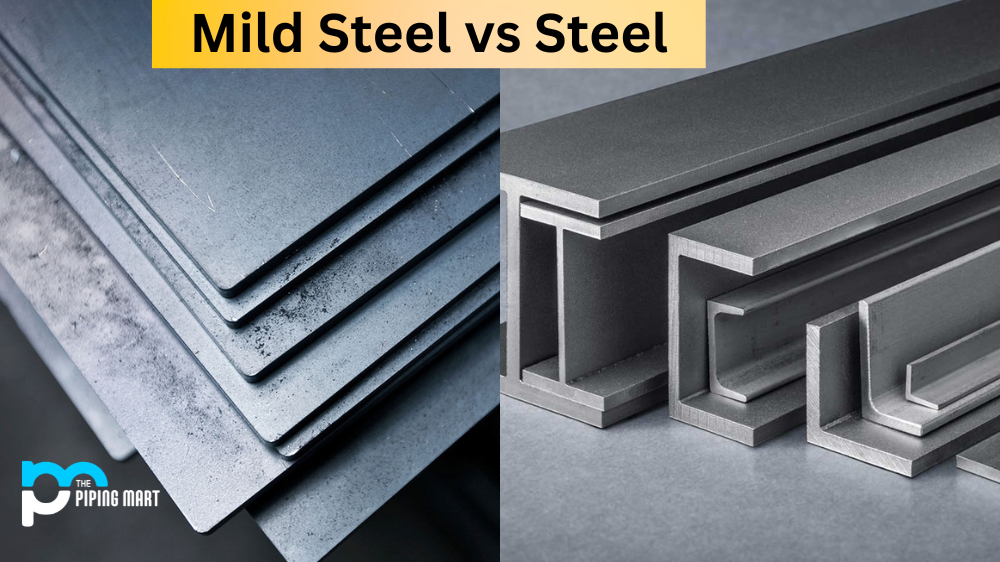Steel is among the most versatile and widely used materials across different industries, from construction to crafting. Regarding knives, swords, and other bladed tools, two types of carbon steel often come up 1055 and 1095. If you’re new to the blades and tools world, you might wonder what sets them apart. This post dives into the differences between 1055 and 1095 carbon steel and helps you decide which one to use for your projects.
1055 Carbon Steel
1055 carbon steel is a medium-carbon steel that is used in a variety of applications. It has a higher carbon content than 1050 carbon steel, making it more difficult to weld. However, it can be heat treated to improve its hardness and strength. 1055 carbon steel is often used in knives, swords, and other edged tools.
1095 Carbon Steel
1095 carbon steel is a high-carbon steel that is used in a variety of applications. It has a higher carbon content than 1055 carbon steel, making it more difficult to weld. However, it can be heat treated to improve its hardness and strength. 1095 carbon steel is often used in knives, swords, and other edged tools.
Differences Between 1055 and 1095 Carbon Steel
The main difference between 1055 and 1095 carbon steel is the carbon content. 1055 carbon steel has a lower carbon content than 1095 carbon steel, making it easier to weld. However, both types of steel can be heat treated to improve their hardness and strength.
Composition
The primary difference between 1055 and 1095 carbon steel lies in their composition. 1095 has a higher carbon content, typically ranging from 0.95% to 1.05%, compared to 1055’s 0.5% to 0.6%. This difference in carbon content gives 1095 an edge regarding hardness and edge retention. However, it also means that 1095 is more brittle and prone to chipping or cracking if exposed to excessive force or stress.
Hardness
As mentioned, 1095 carbon steel is harder than 1055, making it more suitable for blades that require a sharp edge for a long time. However, if you prefer a more durable and flexible blade, 1055 carbon steel might be a better choice. 1055 has a lower hardness level but is more resistant to impact and bending.
Price Point
The price is another important factor between 1055 carbon steel and 1095. Because of its higher carbon content, 1095 is generally more expensive than 1055. If you’re working on a budget or looking for an affordable yet reliable option, 1055 might be your best bet.
Applications
The different properties of 1055 and 1095 carbon steel make them suitable for specific applications. For instance, if you’re making blades for cutting and slicing, 1095 is ideal because of its hardness and sharpness retention. On the other hand, if you need a knife that can withstand stress or impact, 1055 is a better choice.
Maintenance
Finally, it’s worth noting that both 1055 and 1095 carbon steel require proper maintenance to prevent rust and corrosion. Store your blades in a dry, cool place when not in use. After use, clean and dry them thoroughly before storing them. You can also apply a light coat of oil to protect the blade’s surface.
Heat Treatment
1055 and 1095 carbon steel can be heat treated to improve their hardness and strength. The process of heat treatment involves heating the steel to a specific temperature, holding it at that temperature for some time, and then cooling it slowly back to room temperature
Conclusion
In conclusion, deciding between 1055 and 1095 carbon steel depends on your needs. 1095 is harder and more suitable for sharp-edged blades, while 1055 is more durable and flexible, making it ideal for applications requiring resilience and stress resistance. Price point, application, and maintenance should also be considered when choosing between the two types. Understanding the differences between 1055 and 1095 carbon steel can help you make an informed decision and create the perfect blade for your project.

Pipingmart is a B2B portal that specializes in metal, industrial and piping items. Additionally, we share the latest information and information about materials, products and various types of grades to assist businesses that are involved in this business.




